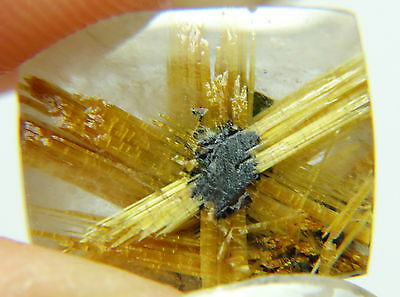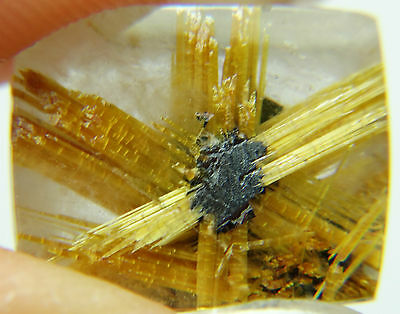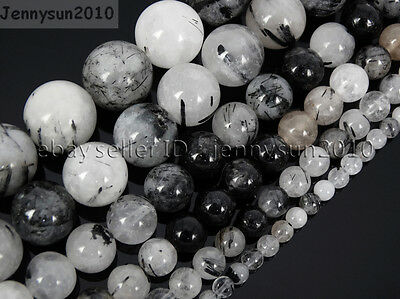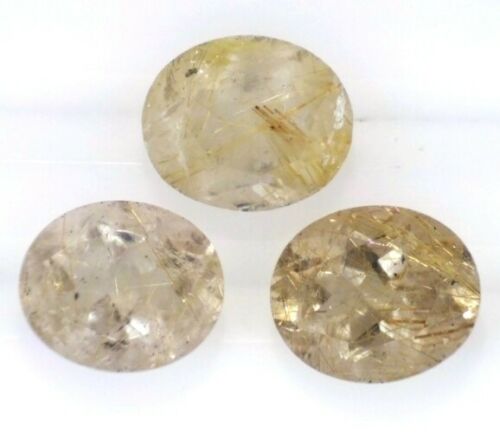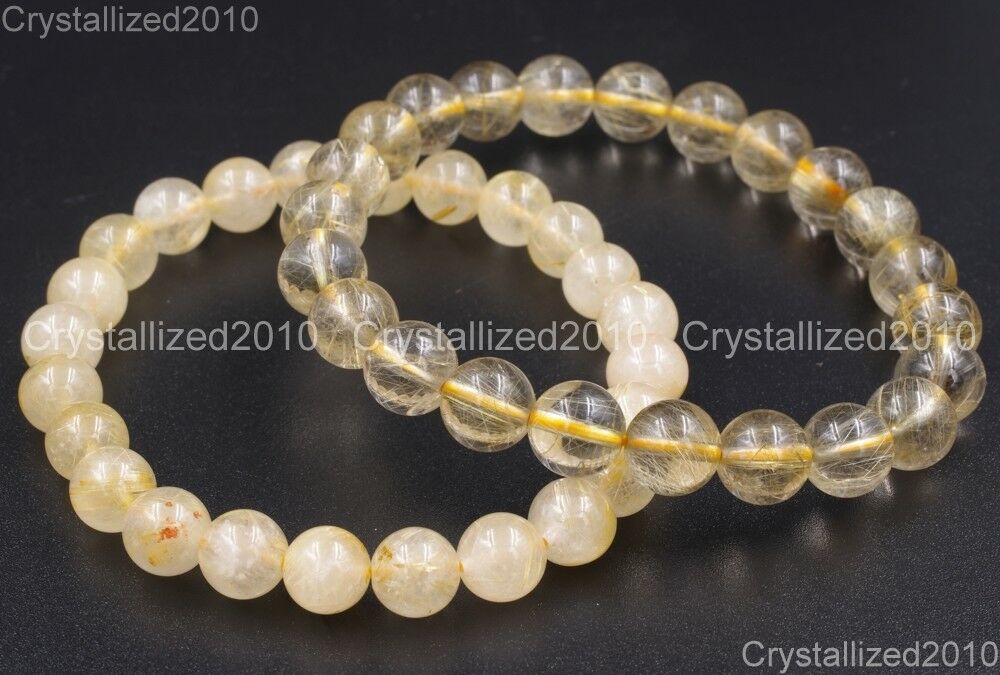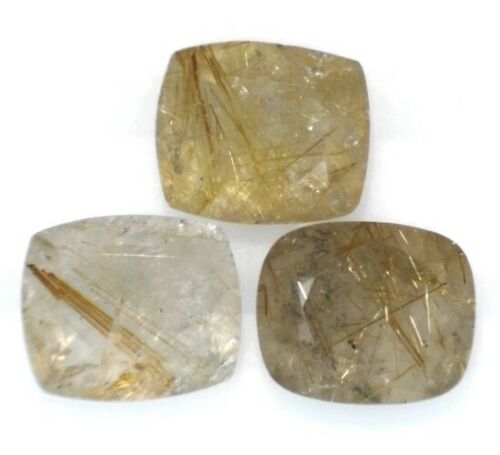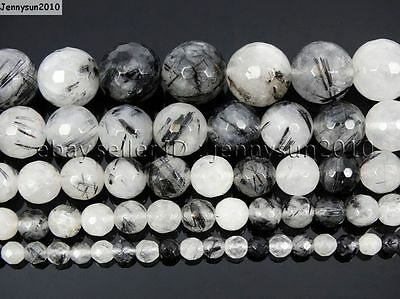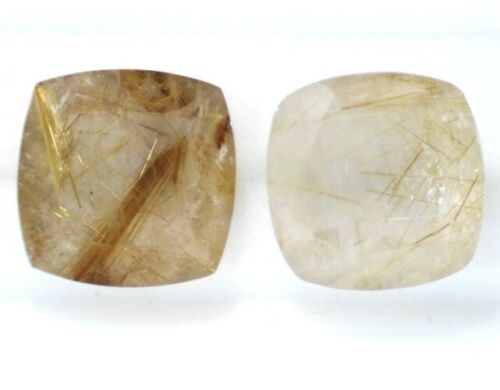-40%
Q-115Rare Rutilated Quartz Golden Star 8.85ct,14x12x5mm Brazil,kuarsa rutilated
$ 27.97
- Description
- Size Guide
Description
Quartz grows in many environments along with many different minerals. These minerals, as well as watery solutions and gas bubbles, can be enclosed by the growing crystal.Many minerals that would otherwise be chemically altered or dissolved when the local conditions change are protected from aggressive chemical agents when they have been embedded inside quartz crystals. Likewise, fragile minerals that are very soft, crumbly or that occur as fibers or thin needles survive inside. Other partially embedded minerals might get dissolved at a later stage and leave ghostlike hollow forms behind.
There are basically three ways inclusions can "get into the crystal":
The minerals have formed before the quartz. The growing quartz crystals engulfs them and the original form of the included minerals is preserved. These inclusions are called
protogenetic
. Included fibers than run through the entire crystal at random orientations are typical examples.
Quartz crystals and the included minerals grow simultaneously. These inclusions are called
syngenetic
. The shape of the included minerals often deviates from the typical forms and habits that develop during unhindered growth. Crystals may be distorted beyond recognition and a non-destructive identification may pose a real problem even for a mineralogist.
Sometimes inclusions cause the formation of phantoms. Here the quartz crystal might have been partially encrusted by another mineral when growth halted transiently and continued later, such a case could be considered a syngenetical formation that got overgrown.
Minerals can get into another mineral by
exsolution
. When the conditions during crystal growth allowed the incorporation of elements into the crystal lattice that are incompatible with the crystal structure at different temperatures or pressures, these elements may separate from the lattice to form new minerals once the conditions change. Such inclusions are called
epigenetic
. Very often these inclusions are specifically oriented with respect to the crystallographic axes of the main crystal. The best example of a quartz with epigenetic inclusions is rose quartz.
